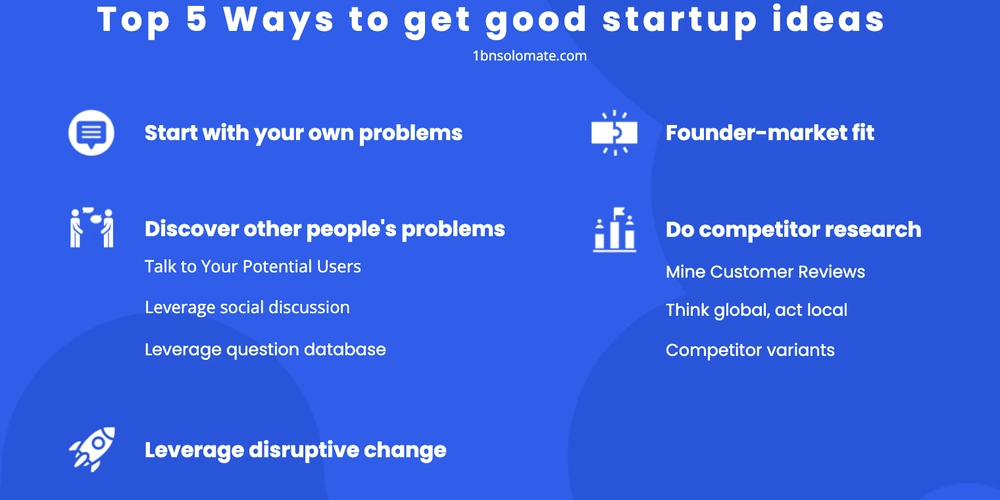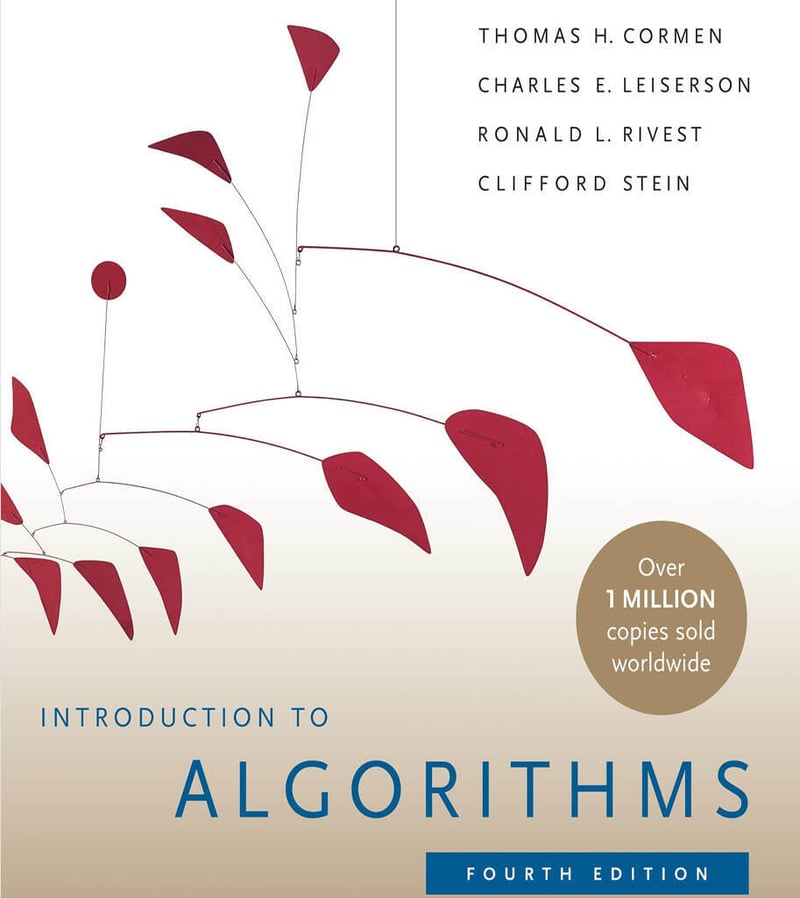A Step-by-Step Guide to Building Your First GAN Model
Artificial Intelligence (AI) is revolutionizing industries across the globe, and India is no exception. With the rapid adoption of AI-driven solutions in sectors like healthcare, finance, e-commerce, and entertainment, there is a growing demand for skilled AI professionals in the country. Chennai, being one of India’s major technology hubs, has witnessed a surge in AI research and applications, attracting numerous AI startups and enterprises. For aspiring AI enthusiasts in Chennai, learning about cutting-edge AI technologies, such as Generative Adversarial Networks (GANs), can be a game-changer in their careers. If you are looking to master AI and deep learning, enrolling in an artificial intelligence course Chennai can provide you with the necessary skills to excel in this field. In this blog, we will walk you through the step-by-step process of building your first GAN model, from understanding the fundamentals to its practical applications. What is a GAN? Generative Adversarial Networks (GANs) are a class of deep learning models introduced by Ian Goodfellow in 2014. They consist of two neural networks working in opposition: Generator: This network is responsible for generating new data samples that resemble real data. Discriminator: This network evaluates whether a given data sample is real (from the actual dataset) or fake (generated by the Generator). The Generator aims to create highly realistic data, while the Discriminator continuously improves its ability to distinguish between real and generated data. Over time, both networks improve through competition, leading to the creation of highly realistic artificial data. GANs are widely used in applications such as image generation, data augmentation, style transfer, deepfake creation, and medical imaging. Prerequisites Before understanding how to build a GAN, it is important to have a grasp of the following concepts: Neural Networks: Understanding how layers and neurons work in deep learning models. Backpropagation and Optimization: Essential for training deep learning models. Data Processing: How to prepare data for deep learning applications. Deep Learning Frameworks: Knowledge of frameworks such as TensorFlow or PyTorch is helpful for practical implementation. Step 1: Understanding the Dataset Before training a GAN, you need a dataset. Common datasets used for GANs include: MNIST: A dataset of handwritten digits, often used for beginner GAN models. CIFAR-10: A dataset of small images across various categories. CelebA: A dataset of human faces used for advanced GAN training. Choosing the right dataset depends on the type of application you aim to develop. Step 2: Understanding the Generator The Generator is the core component that creates synthetic data. It learns to generate data samples that resemble real-world data through an iterative process. It starts with random noise and, through multiple transformations, produces more realistic outputs. The Generator typically uses techniques such as: Fully Connected Layers: To process input noise. Activation Functions: Like Leaky ReLU or Tanh, to allow nonlinear transformations. Batch Normalization: To improve stability and prevent mode collapse. Step 3: Understanding the Discriminator The Discriminator acts as a judge, distinguishing real data from generated (fake) data. It is a binary classifier trained to output probabilities indicating whether a sample is real or fake. The Discriminator typically includes: Convolutional Layers: To extract key features from the input data. Activation Functions: Like Leaky ReLU, to introduce non-linearity. Sigmoid Activation: To output a probability between 0 and 1. A well-trained Discriminator forces the Generator to improve over time, creating more realistic data. Step 4: Training the GAN Training a GAN is an iterative process where both networks compete and improve. The process involves: Feeding Real Data: The Discriminator is trained on real data to recognize genuine patterns. Generating Fake Data: The Generator creates synthetic data. Training the Discriminator: It learns to classify real and fake data. Updating the Generator: If the Discriminator successfully identifies fake data, the Generator adjusts to create more realistic samples. Repeating the Process: This cycle continues, with both networks improving over multiple iterations. GAN training requires a balance to prevent issues like mode collapse (where the Generator produces limited variations) or overfitting. Step 5: Evaluating GAN Performance Evaluating GANs is challenging because there is no direct metric like accuracy in classification problems. Some evaluation techniques include: Visual Inspection: Checking if generated images look realistic. Frechet Inception Distance (FID): Measures the similarity between real and generated data. Inception Score (IS): Evaluates the diversity and quality of generated samples. Step 6: Applications of GANs GANs have widespread app

Artificial Intelligence (AI) is revolutionizing industries across the globe, and India is no exception. With the rapid adoption of AI-driven solutions in sectors like healthcare, finance, e-commerce, and entertainment, there is a growing demand for skilled AI professionals in the country. Chennai, being one of India’s major technology hubs, has witnessed a surge in AI research and applications, attracting numerous AI startups and enterprises. For aspiring AI enthusiasts in Chennai, learning about cutting-edge AI technologies, such as Generative Adversarial Networks (GANs), can be a game-changer in their careers. If you are looking to master AI and deep learning, enrolling in an artificial intelligence course Chennai can provide you with the necessary skills to excel in this field.
In this blog, we will walk you through the step-by-step process of building your first GAN model, from understanding the fundamentals to its practical applications.
What is a GAN?
Generative Adversarial Networks (GANs) are a class of deep learning models introduced by Ian Goodfellow in 2014. They consist of two neural networks working in opposition:
Generator: This network is responsible for generating new data samples that resemble real data.
Discriminator: This network evaluates whether a given data sample is real (from the actual dataset) or fake (generated by the Generator).
The Generator aims to create highly realistic data, while the Discriminator continuously improves its ability to distinguish between real and generated data. Over time, both networks improve through competition, leading to the creation of highly realistic artificial data.
GANs are widely used in applications such as image generation, data augmentation, style transfer, deepfake creation, and medical imaging.
Prerequisites
Before understanding how to build a GAN, it is important to have a grasp of the following concepts:
Neural Networks: Understanding how layers and neurons work in deep learning models.
Backpropagation and Optimization: Essential for training deep learning models.
Data Processing: How to prepare data for deep learning applications.
Deep Learning Frameworks: Knowledge of frameworks such as TensorFlow or PyTorch is helpful for practical implementation.
Step 1: Understanding the Dataset
Before training a GAN, you need a dataset. Common datasets used for GANs include:
MNIST: A dataset of handwritten digits, often used for beginner GAN models.
CIFAR-10: A dataset of small images across various categories.
CelebA: A dataset of human faces used for advanced GAN training.
Choosing the right dataset depends on the type of application you aim to develop.
Step 2: Understanding the Generator
The Generator is the core component that creates synthetic data. It learns to generate data samples that resemble real-world data through an iterative process. It starts with random noise and, through multiple transformations, produces more realistic outputs. The Generator typically uses techniques such as:
Fully Connected Layers: To process input noise.
Activation Functions: Like Leaky ReLU or Tanh, to allow nonlinear transformations.
Batch Normalization: To improve stability and prevent mode collapse.
Step 3: Understanding the Discriminator
The Discriminator acts as a judge, distinguishing real data from generated (fake) data. It is a binary classifier trained to output probabilities indicating whether a sample is real or fake. The Discriminator typically includes:
Convolutional Layers: To extract key features from the input data.
Activation Functions: Like Leaky ReLU, to introduce non-linearity.
Sigmoid Activation: To output a probability between 0 and 1.
A well-trained Discriminator forces the Generator to improve over time, creating more realistic data.
Step 4: Training the GAN
Training a GAN is an iterative process where both networks compete and improve. The process involves:
Feeding Real Data: The Discriminator is trained on real data to recognize genuine patterns.
Generating Fake Data: The Generator creates synthetic data.
Training the Discriminator: It learns to classify real and fake data.
Updating the Generator: If the Discriminator successfully identifies fake data, the Generator adjusts to create more realistic samples.
Repeating the Process: This cycle continues, with both networks improving over multiple iterations.
GAN training requires a balance to prevent issues like mode collapse (where the Generator produces limited variations) or overfitting.
Step 5: Evaluating GAN Performance
Evaluating GANs is challenging because there is no direct metric like accuracy in classification problems. Some evaluation techniques include:
Visual Inspection: Checking if generated images look realistic.
Frechet Inception Distance (FID): Measures the similarity between real and generated data.
Inception Score (IS): Evaluates the diversity and quality of generated samples.
Step 6: Applications of GANs
GANs have widespread applications in various domains, including:
Image Generation: Used in art, design, and media for creating high-quality images.
Data Augmentation: Generates additional training data for machine learning models.
Style Transfer: Modifies images while preserving key features.
Deepfake Technology: Creates realistic synthetic videos and images.
Medical Imaging: Enhances and generates medical scans for research and diagnosis.
The potential of GANs continues to grow as researchers develop more advanced architectures.
Conclusion
Building and training a GAN requires a solid understanding of deep learning principles and extensive practice. This guide provides a theoretical roadmap to help beginners grasp the fundamentals of GANs. With hands-on experience, learners can develop more complex GAN architectures, such as Deep Convolutional GANs (DCGANs) or StyleGANs, for advanced applications.
For those looking to specialize in AI and deep learning, mastering GANs can open up numerous career opportunities. If you are in Chennai and want to gain expertise in AI technologies, enrolling in an artificial intelligence course Chennai can provide structured learning, practical exposure, and industry insights. Investing in AI education will equip you with the necessary skills to thrive in the ever-evolving field of artificial intelligence.













































































































































































![[The AI Show Episode 142]: ChatGPT’s New Image Generator, Studio Ghibli Craze and Backlash, Gemini 2.5, OpenAI Academy, 4o Updates, Vibe Marketing & xAI Acquires X](https://www.marketingaiinstitute.com/hubfs/ep%20142%20cover.png)


























































































































![[FREE EBOOKS] The Kubernetes Bible, The Ultimate Linux Shell Scripting Guide & Four More Best Selling Titles](https://www.javacodegeeks.com/wp-content/uploads/2012/12/jcg-logo.jpg)



![From drop-out to software architect with Jason Lengstorf [Podcast #167]](https://cdn.hashnode.com/res/hashnode/image/upload/v1743796461357/f3d19cd7-e6f5-4d7c-8bfc-eb974bc8da68.png?#)






































































































.png?#)





.jpg?#)































_Christophe_Coat_Alamy.jpg?#)








































































































![Rapidus in Talks With Apple as It Accelerates Toward 2nm Chip Production [Report]](https://www.iclarified.com/images/news/96937/96937/96937-640.jpg)







































































































































